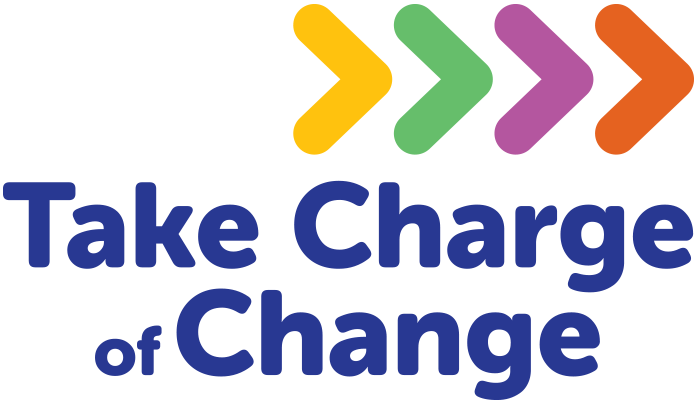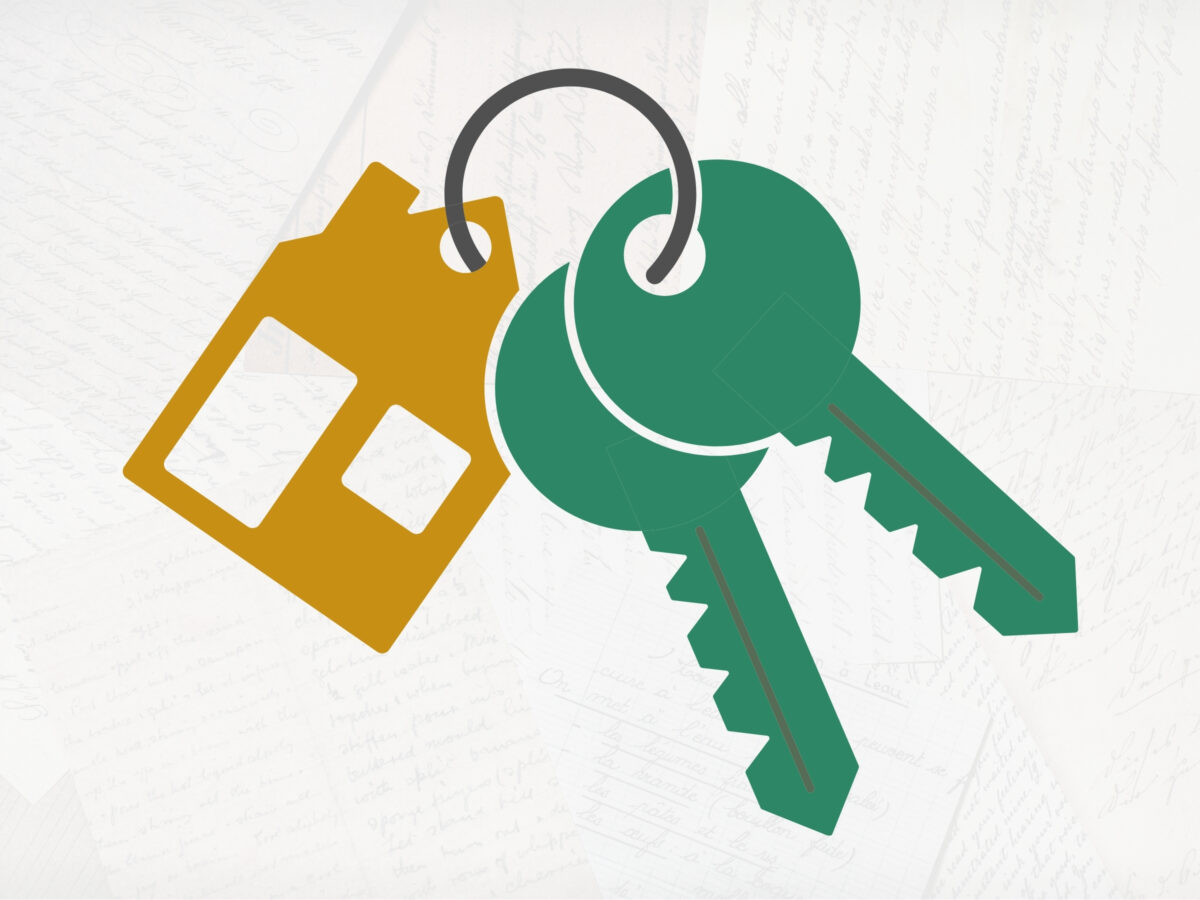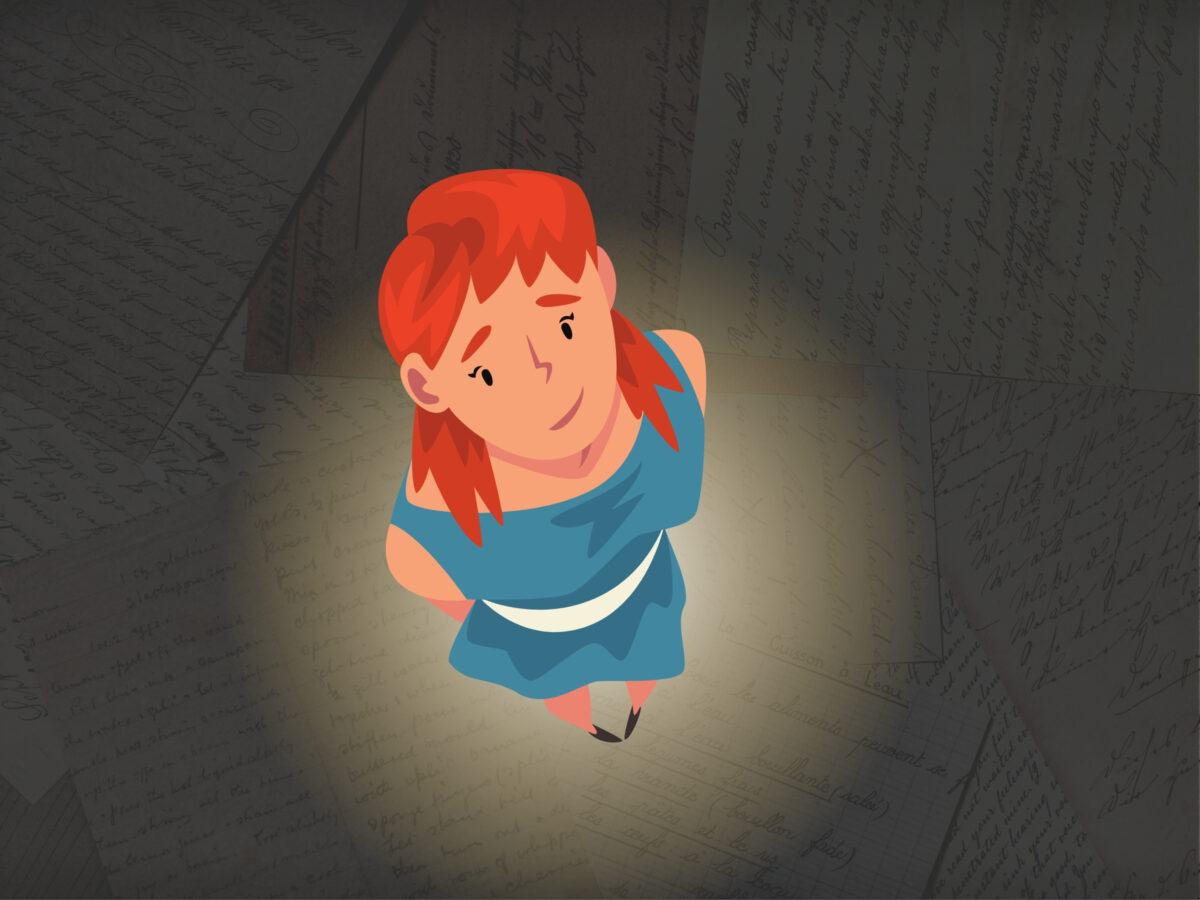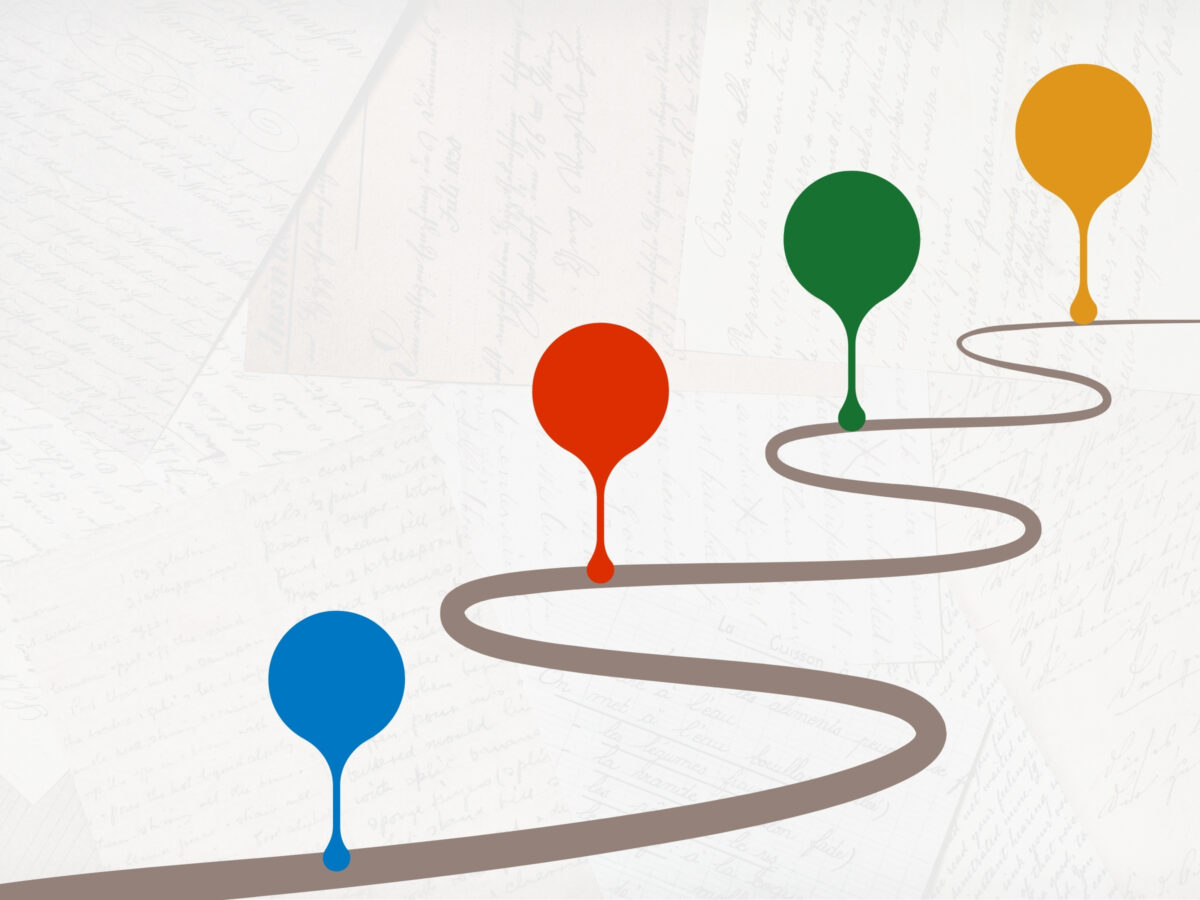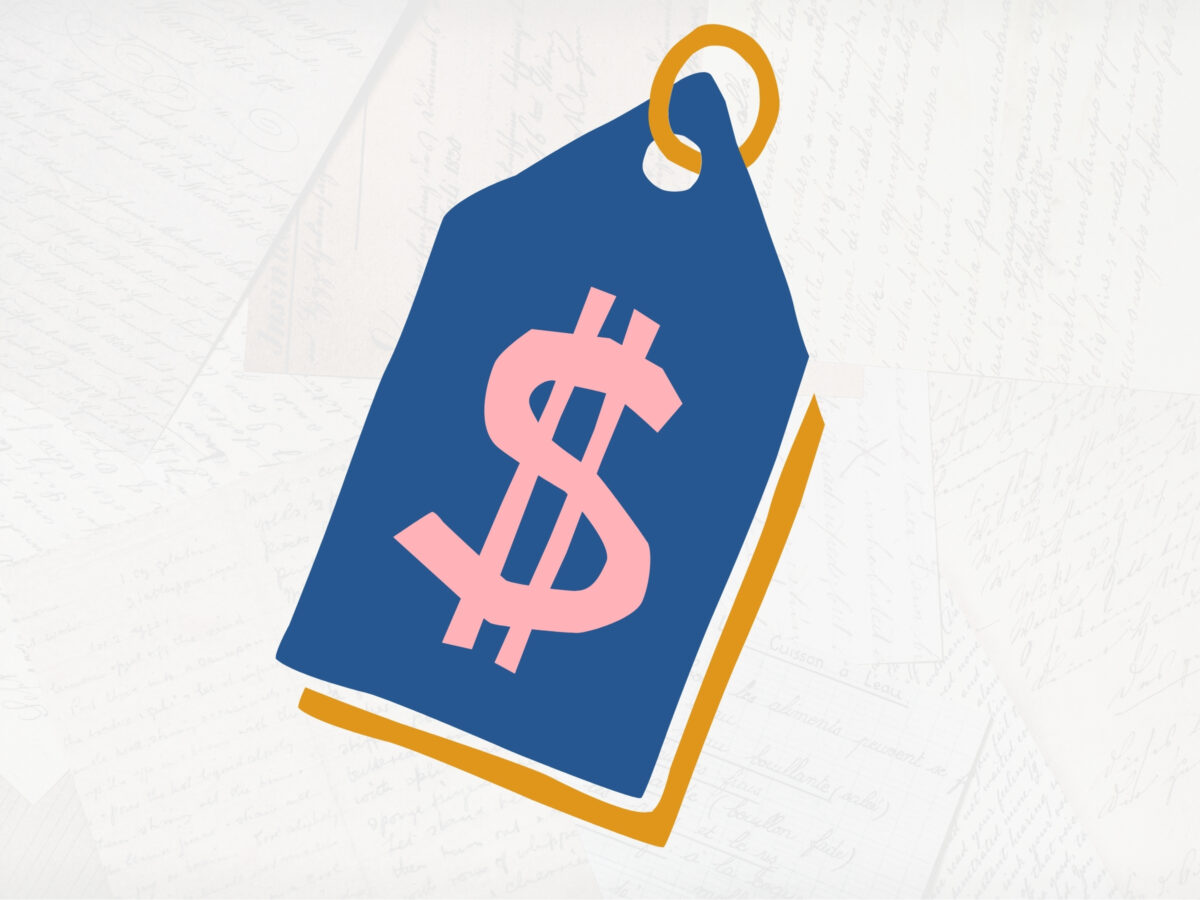Learning to Drive with a Disability
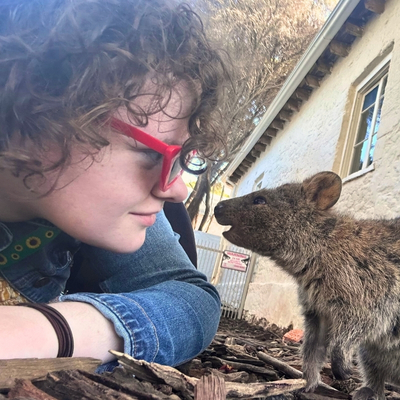
Written by: Delphi Rose Gould
First Published: 15 October, 2025
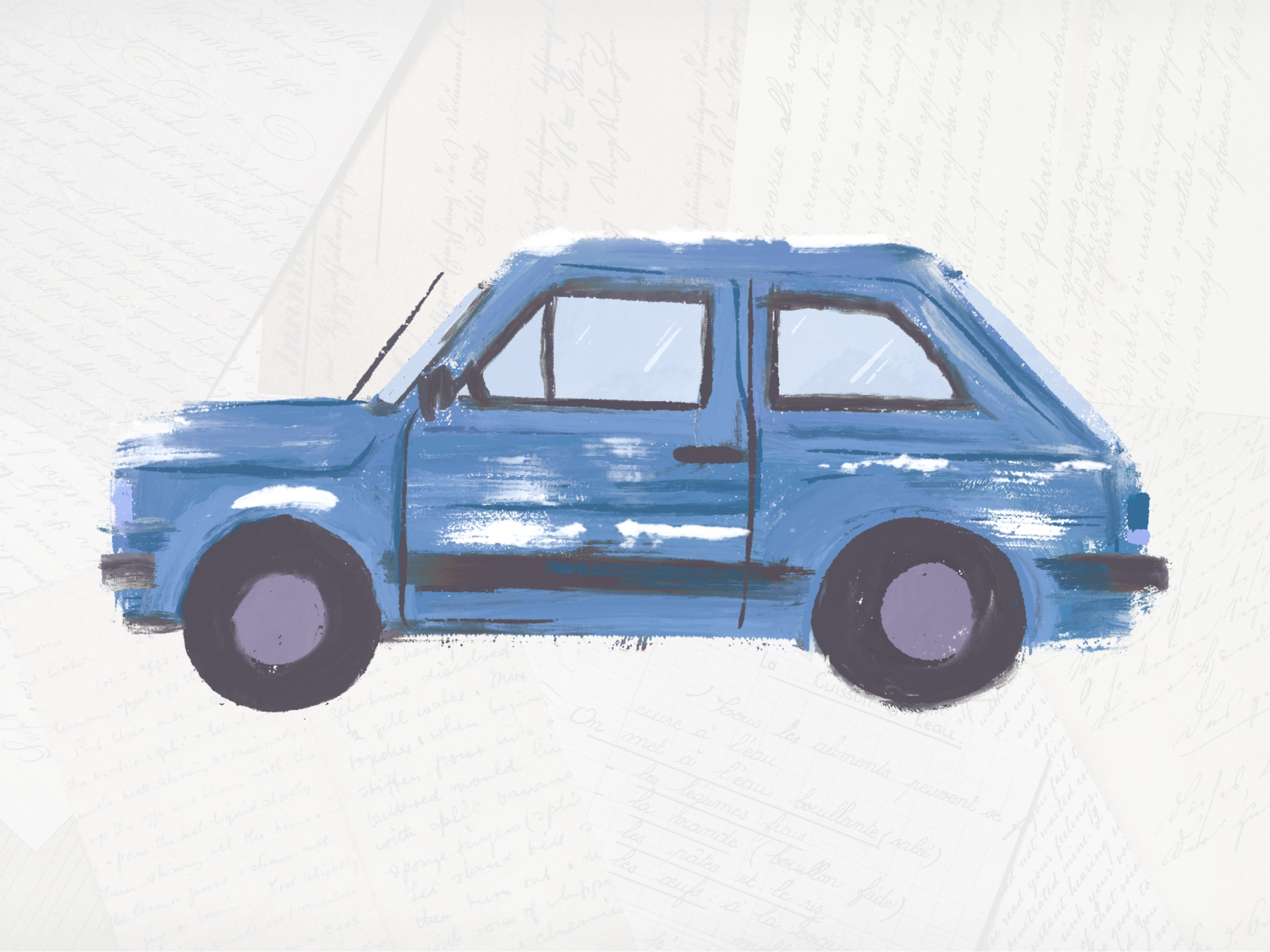
Hi Friends! 😀
Imagine an intense session playing Mario Kart. You’re hurtling through moving obstacles just a bit faster than is comfortable, and the other players are threatening to crash into you, sabotage you or blow you up. The road doesn’t always go where you think it will, and the direction you try to steer in is never quite where you end up. My first time learning to drive felt a bit like that except that out in the real world you only get one life!
Getting your Learner’s:
I am leaning to drive in Victoria, so you may need to modify this information below to suit your own state or territory. There is a book “The Road to Solo Driving” by VicRoads that can help you learn the road rules. It is updated frequently so make sure your copy is up to date! You can check out the PDF to “The Road to Solo Driving” here: road-to-solo-driving-handbook.pdf
There is also a set of driving learning modules that need to be completed. This took me about 6 hours, so be prepared to block out some time. When you think you are ready, head into your state licencing agency and sit your test. Don’t worry if you don’t pass the first time, you can do it as many times as you want!
Logging your hours:
In Victoria we need a minimum of 120 hours of driving practice. This may be different depending on what State or Territory you are in. There are different ways to record how many hours you have been driving. I started with a logbook then changed to an app. If you’re 21 or older, you don’t need to track or drive a minimum number of hours. Personally, I prefer using the app, but it took some time to get it set up because my licence wasn’t linked to my VicRoads account/which showed as “Error 500.” This is a common error, so if it happens to you, I suggest calling VicRoads directly.
Professional Lessons:
Professional lessons are important when you’re getting started, but some people are worried about the expense. You can save money by buying lessons through packages. There are many driving instructors including specialist driving instructors if you have particular needs. I use a standard driving instructor. The groovy thing about driving instructors is that their car has two brakes, one for you and one for the instructor on the passenger side. It’s called dual controls. It comes in very handy if you hit the wrong pedal as they can hit the brake for you. Not that I ever would ever hit the wrong pedal! Well, maybe once or twice …
Learner support programs:
There is a program called L2P run by some local councils, where a volunteer in either a dual control or a normal vehicle will assist new learners to practice if they have a disability or some other reason why they need additional help to learn to drive. You can access this by contacting your local council.
For learners in Victoria there is a driving school in Kilsyth called Metec, where you can drive around on 5 km of private roads and practice with railway crossings, traffic lights, roundabouts etc without the distraction of other traffic. I did a 2-day course there just before I got my learners, and it helped me understand the road rules and feel comfortable in charge of a tonne of steel on wheels.
NDIS funded lessons:
Some people ask whether NDIS can pay for driving lessons. They can, but it’s unfortunately very complicated, and the process differs from state to state. To be honest, there is a lot of bureaucratic bullshit. In my case, there were meetings with my Support Coordinator, doctor, Occupational Therapist and a specialist driving OT – only to find that “the computer says no.” So, if you are going to go through this process, prepare for a lot of waiting, frustration and bamboozlement.
It’s important to note that the specialist OT might put a condition on your license that you can only learn with a specialist driving instructor. So, if the NDIA then say they will not pay for specialist lessons, you cannot learn with your parents or another trusted driver. Proceed with caution!
Delphi’s Top Tips
- Have a meeting or an interview with your driving instructor before you start your lessons, so that they understand your particular communication needs and you can check if you’re going to be compatible working together
- Having early lessons in familiar areas with low sensory input, e.g. no major roadworks or building sites was very helpful for me.
- It is possible to have driving instructors’ cars modified for limb differences – check around to see who has the appropriate accommodations.
- Watch out for Driving schools that want to charge you extra because you have a disability. Learning to drive is learning to drive. There should not be a disability tax!
- Lots of driving instructors claim to be autism friendly, but don’t actually know how to change their communication style to meet the needs of an autistic learner. I recommend only buying 3 to 5 lessons at a time so that you’re not stuck with lessons ran by an instructor who you don’t get along with.
Remember – learning to drive takes a long time for everyone, and everyone learns at a different pace. So please don’t be discouraged if you feel like it’s taking too long, because you WILL get there!
Godspeed besties!
😀

About the Author
Delphi (she/her) is a proudly queer young adult. She has been on projects with CYDA since 2022, doing things from livestreams to focus groups and blogs. Delphi loves cats, horses, indoor plants, marine life and orchestral strings. She also works as a mental health peer worker and advocate for Orygen, Black Dog Institute and Different Journeys.

